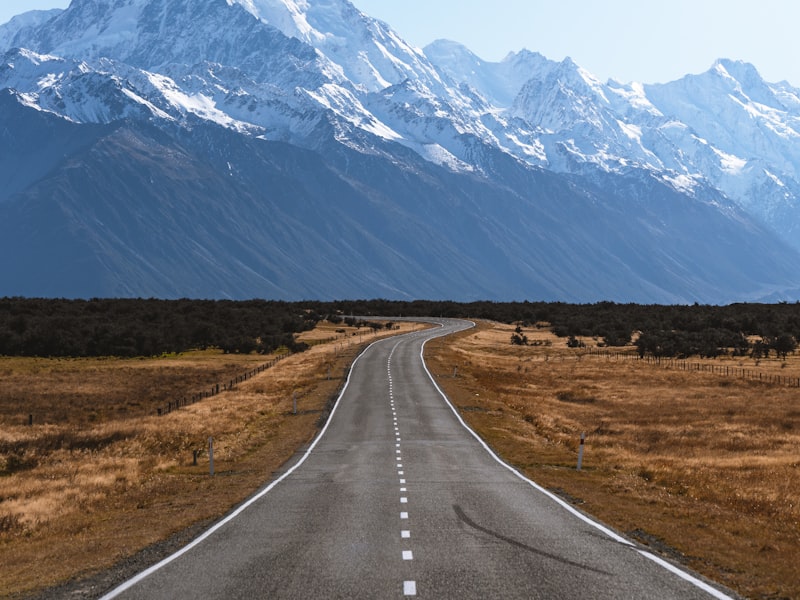How to Make Espresso Machine Coffee
Espresso machines can make delicious cups of coffee, but it takes some extra setup and maintenance than a regular drip coffee maker. You'll also need to grind and tamp the beans yourself.
Pressure is the most important factor in making espresso. What happens in an espresso machine is that the heating vessel heats the water to the right temperature, then forces it out of the spouts and into the grounds.
Temperature
Espresso is created by forcing hot water under pressure through finely ground coffee. The temperature of the water is vital to the quality of the final shot. Low temperatures can cause lack of flavor compounds. High temperatures can cause excessive extraction, which could cause bitter or burnt taste.
The ideal temperature range for espresso is 195-205degF. www.coffeee.uk is reached by using a group head that is made to maintain the same temperature and stability throughout the brewing process. The most sought-after type of group head is the E61 that offers the stability of temperature as well as pre-infusion capabilities and lever control.
It is important to take into account the temperature when you adjust your espresso machine to different roasts or brew ratios. This will affect the extraction yield and the crema. The optimal temperature will depend on the particular roast and bean however, the general rule is that lighter roasts and greater ratios of brews need higher temperatures than dark roasts and lower ratios of brew. A good thermocouple is also important to ensure an even temperature.
Pressure
During the brewing process, espresso machine coffee is pressure-pushed through finely ground and tamped grounds. This creates chemical reactions that extract flavors oils, flavors, and other soluble components from the beans. The resultant beverage is usually more flavorful and richer.
The ideal espresso machine's pressure should be nine bars equivalent to the atmospheric pressure at sea level. The soluble compounds present in the espresso bean are best extracted at this pressure.
Some espresso machines advertise up to 20 bars of pressure. Although these machines can reach these levels of pressure however, they might not be capable of maintaining the pressure level throughout the extraction.
To put it in perspective In terms of pressure, one bar is equivalent to the 32 pounds per square inch PSI of the tire of a car. It's four times the pressure that a professional cyclist applies to their bike tires. The ability to control the espresso machine's pressure and produce consistent espressos is the key to any serious home barista.
Water
Water is a key ingredient to a perfect cup of espresso. The correct water can help your beans to extract their full potential. However the wrong water can cause issues such as clogged pipes and even damage your expensive machine.
The best choice is a natural spring water that is high in minerals for optimal espresso extraction. This water will enhance the flavor of your espresso without the mineral chalky trace found in tap or bottled waters. This is an excellent alternative to distillation or reverse osmosis, which can be too pure and cause flavor issues.
You should not make use of a water filtration system that removes excessive mineral content from the water you drink. This can result in flavor and extraction problems. A great option is to purchase an instrument for testing water, that will tell you the water hardness in your area. This information can be used to determine the correct filtration system to your espresso machine.
Beans
Most coffee aficionados tend to get very involved with the entire process of making espresso. They obsess over a variety of variables, such as temperature, pressure of water and viscosity. If one of these variables is not in order the whole shot may taste bad.
The most important element in the matter of espresso is the beans used. People often assume that only certain kinds of beans work well for espresso. While some beans are better to be used for specific purposes however, any bean that has been roasted can be used for espresso. The main difference between espresso beans and regular coffee beans is that espresso beans are roast for longer and tipycally over the second crack which gives them a darker appearance and makes them more soluble in water.
The best espresso beans are typically medium roasted or dark roasted. This gives the espressos their distinctive richness and vigor. Lightly roasted beans can be used to make fantastic espresso, especially if they are pre-ground for convenience in an espresso maker.
Milk
Espresso and milk is a classic pairing. Not only does the coffee boost energy levels, but the steamed milk helps to offset the bitterness of the espresso and provides a delicious creaminess. There aren't many culinary pairings better than this one!
When selecting an espresso machine capable of making latte, or the cappuccino as well be sure to think about the ease to use. A lot of the top machines include a jug to drink hot or cold milk, as well as steam wand. They also have a portafilter to pull the shot. Some models include a built-in grinder, tamper and frother.

To remove any condensed water the steam wand needs to be cleaned each day prior to use (or after every cup of espresso). The process takes around 30 seconds and is crucial to ensure that your machine runs smoothly. If you don't cleanse the system, it could cause bitter taste and/or buildup of bacteria that can alter the taste or smell of your beverage. It's not difficult to do and should be part of your routine maintenance routine.
